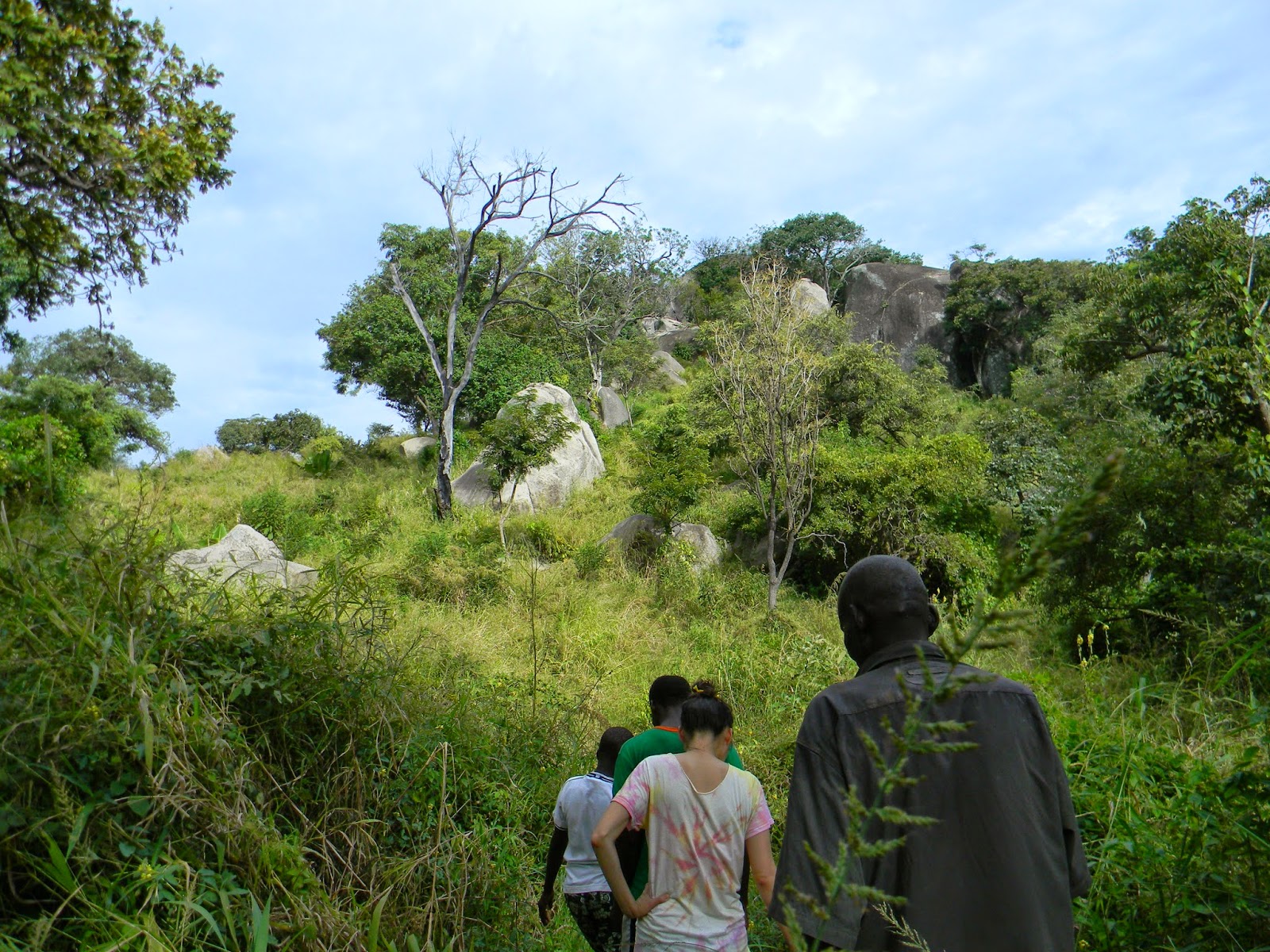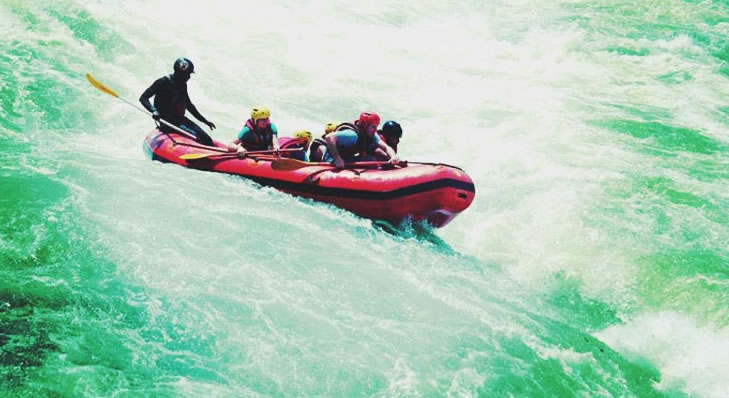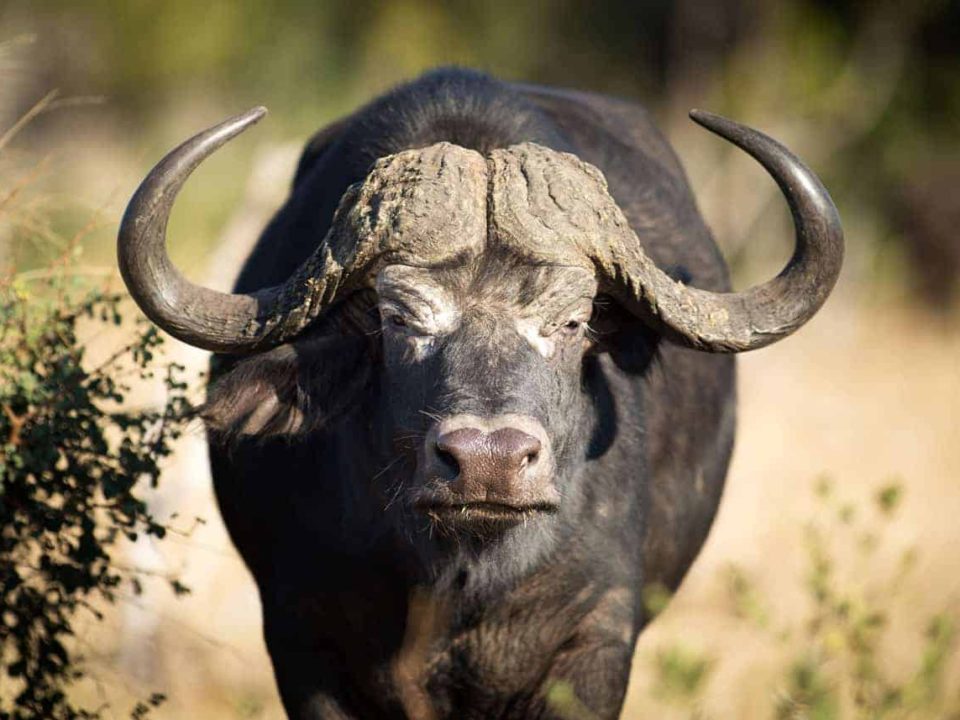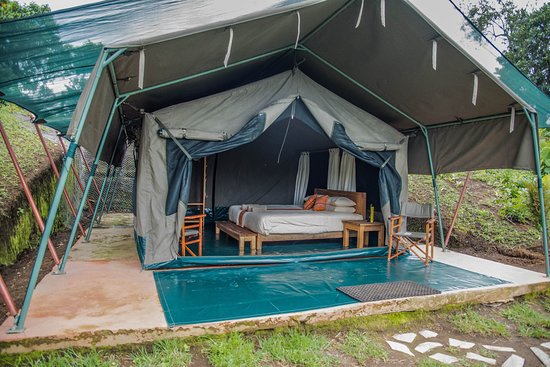
Kibumba Tented Camp Congo
September 27, 2018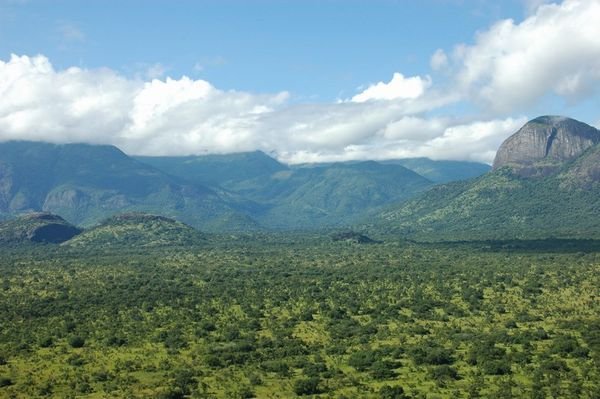
Imatong Mountains
September 29, 2018A trip to the northern district of Gulu will introduce you to an amazing World of hidden beauty and unrivaled experiences. The Guruguru Caves are found in Amuru district, approximately 25 kilometers from Gulu Town-the largest Town in Northern Uganda. Therefore if you are traveling to Gulu for any purpose, make a stop at these Caves and discover the hidden secrets behind their existence.
Historically, the Guruguru Caves were said to be the hiding place for locals during the Lamogi Rebellion (under the prominent Cultural ruler known as Rwot Otto Yai) against the discrimination decree in 1911 during Colonial rule. The people of Acholi were forced to hide inside the Caves during the inter-clan rebellion as a way of rebelling the British ruthless rule. However, during this resistance, most Lamogi fighters lost their lives through gas suffocation on the Guruguru Hills. Besides the existence of the Caves, there are different beautiful features in and around the Caves such as the yellow-greyish landscape around the Hills. These offer shelter to several reptile species lazing in the rocky Caves during hot sunny days as well as butterflies, birds and monkeys species that will take your breath away.
When it comes to Physical composition, the Guruguru Caves are made up of granite boulders, clayish soils and sand, it is no doubt that they were the perfect haven for the Lamogi fighters. According to the locals, these dark Caves were partitioned to be able to accommodate a troop of over 10 sub-clans that formed up the Lamogi Chiefdom. However, there is need to develop this magnificent cultural site to promote local and regional tourism due to the outstanding cultural uniqueness. Additionally, it is important for locals to embrace development of the site because it can create employment opportunities for the locals.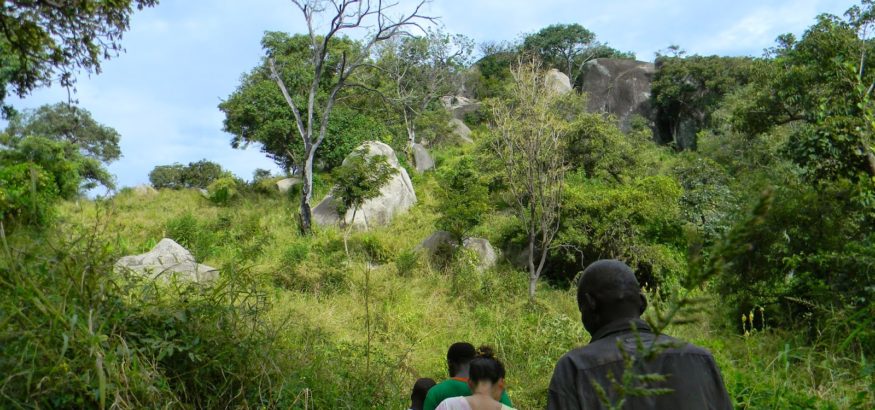
Therefore, there is need to build a monument in memory of the Lamogi fighters who resisted colonial rule as well as having the graveyards of the three prominent Lamogi fighters-Anyayo, Rwot Otto Yai and Elimo renovated and opened for visitors to learn about Uganda’s 20th Century history. Until today, the blood stain of the Lamogi people murdered by the Catholic Missionaries still exists on the Guruguru rocks and the water flowing from the rock was the only point of access of the fighters who hid in the Caves and occasionally sneak to draw water with their calabashes.
The 1911 Lamogi rebellion was sparkled by the endless demands by the British Colonialists to have guns under the ownership of the Acholi people registered to prevent the reckless use of guns and this didn’t go well with the locals hence the start of the resistance.
The fighters decided to seek refuge in the Caves with their bow, arrows and guns but unfortunately, the Colonialists didn’t fear getting them from the Caves. One of the Missionary soldiers murdered a senior security guard of Rwot Otto Yai known as “Abere” hence making the people to revenge by killing a missionary (by shooting with an acidic arrow) referred as Captain Tana as he attempted to follow the locals in the Caves.
The Lamogi fighters were also bombed in the rocks by Catholic Missionaries, killing majority of the locals through gas suffocation hence forcing Rwot Otto Yai to surrender. In addition to the Caves, other interesting attractions exist in the area and they include the curved holes that were used for playing traditional games such as “Omweso” in Luganda (tuku coro in Acholi Language) as well as other many Caves that were used as hiding places and bats.

